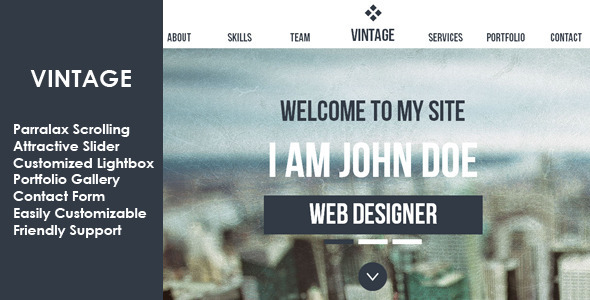
- Sliding down parallax menu in adobe muse cc update#
- Sliding down parallax menu in adobe muse cc code#
Take note of the Selection Indicator and the options presented in the States panel to see when you've selected the nested element you want to change.Īfter you've finished updating a widget, you can either click away (somewhere else on the page) to deselect the widget or press the Escape key repeatedly to jump up a level in the widget's hierarchy.Īfter you drag a widget out of the Widgets Library and onto a page, you'll see a blue arrow icon appear in the top right corner of the widget, when the widget is selected. To click in the nested containers in a widget, you can click several times on the item you want to edit. It also allows you to define an "active" state that orients the visitor by visually indicating the button that corresponds to the page a visitor is currently viewing.
Sliding down parallax menu in adobe muse cc update#
You'll select different containers (such as individual buttons of a menu navigation) to update the states of the buttons, which allows you to optionally control how the buttons look when the page first loads, when the visitor hovers over a button, and when the visitor clicks them. While a text frame is selected, the Selection Indicator displays the words “Text Frame.” As you click a widget to "drill down" inside the nested elements, it is a best practice to note the words in the Selection Indicator to learn which nested element is selected. When you click once on the entire widget, the Selection Indicator displays the word “Widget.” If you click again, you can select a container within the widget, and the Selection Indicator displays the word “Container.” You can continue to click repeatedly to select the elements (such as text frames) that are nested inside the containers.
Sliding down parallax menu in adobe muse cc code#
You can save time by adding and configuring the web content from within Adobe Muse, rather than generating the code outside of the application and pasting it into Adobe Muse as embedded HTML. Most of the Web widgets provide functionality that is also available by embedding HTML from third-party websites.


Menu widgets: Create a dynamically or manually populated menu bar that includes states for each menu item.Different form fields are available depending on which form widget you choose. Form widgets: Add a form visitors to your site can use to contact you.A fade or sliding animation occurs on change. Composition widgets: These widgets allow you to interact with an area on the web page in order to change the content shown in another area.Adobe Muse provides the following kinds of widgets:


 0 kommentar(er)
0 kommentar(er)
